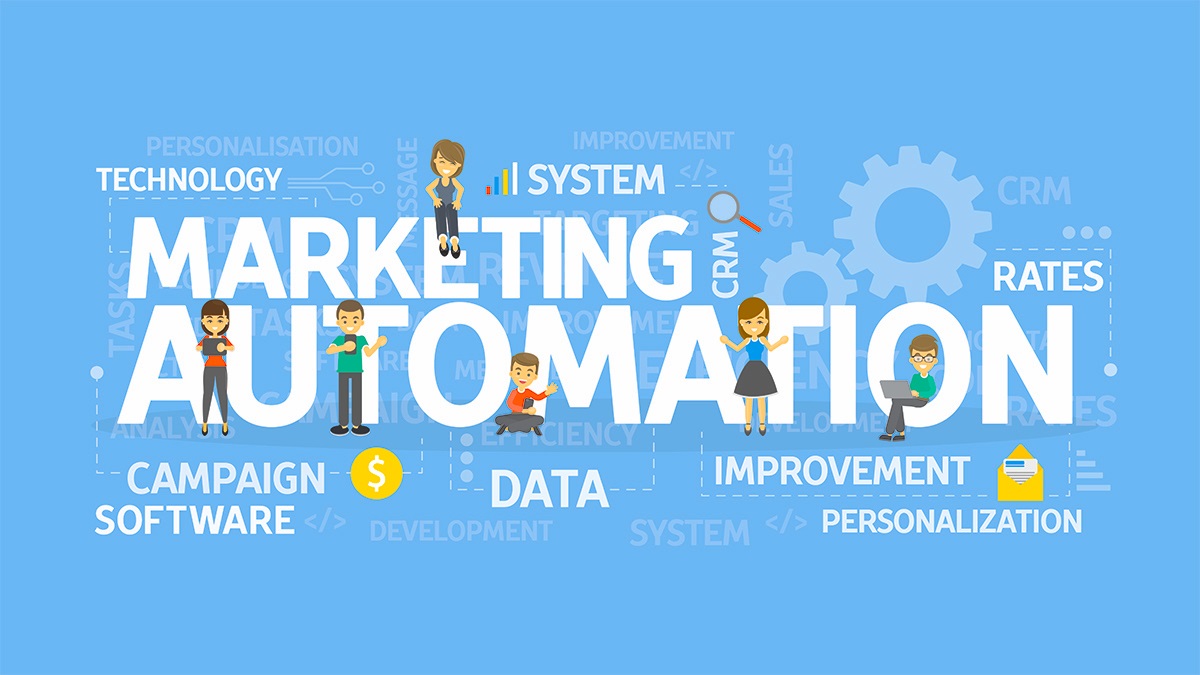Process automation or Business Process Automation (BPA) is technology-based automation that helps in managing complex business processes. The goal of BPA is to streamline business operations to achieve simplicity, digital transformation, improved quality of services, and reduced costs. BPA comprises of integration of applications and restructuring manpower throughout the organization. The beauty of BPA is that these can be implemented in almost every facet of a business such as sales, manufacturing, workflow, employee management, etc. BPA specific software and applications vary according to the industry but current market trends suggest an inclination towards Artificial Intelligence (AI).
The global process automation market is expected to reach a value of $178 billion by 2020 with a Compound Annual Growth Rate (CAGR) of 6.6 percent. Automation is majorly implemented in automotive and general industrial industries, followed by food and beverage industry, and technology hardware. At a regional level, Europe and MEA are considered as favorable territories for the growth of automation with the MEA market alone expected to grow at a CAGR of 9.5 percent until 2020, to know more click here.
How To Thrive A Business In Automation Market
- Determine Automation Goals: The first step towards automation should be to define the purpose for which a system is being implemented. The organization then can work back to achieve predefined business objectives. Process automation requires an investment of substantial amounts of money and patience. The best way to go about it is to follow an approach that involves investment from one phase to another so that the business.
- Integrating Automation with the Right Processes: It is natural for decision-makers to wish for maximum automation in their company. However, the first-time implementation of automated processes should be done with utmost care. It is best to start with small processes so as to test the efficiency of processes after automation. It can be implemented later to the core operations that impact the business directly.
- Right Tools for Automation: The automation market is full of tools and software that claim to be the best. However, the best choice for a business should be to choose the one that resonates with its niche requirements and objectives. In addition, a software which offers ease-of-use and scalability should be preferred over the others.
- Train the Users: The success of an automation platform depends on how the workers or employees embrace it. The whole purpose of implementing automation is to simplify the processes and having concerned individuals accountable for overseeing the specific processes. It can only be achieved by training the staff to use the system to generate maximum output.
- Continuous Improvement: Automation is a dynamic process that requires continuous monitoring of the results. Managers and decision-makers should monitor the performance and make amendments when and where required. However, monitoring an automation system is not easy due to the vast amount of data involved but Key Performance Indicators (KPI) can be identified and analyzed for further improvements.
To further narrow-down the procedure, businesses can shortlist the best automation systems available in the market and compare them to their business requirements. In addition, certain other factors such as type of the service (native/cloud-based), the reputation of the developer, and cost of the implementation should be kept in mind as well.







